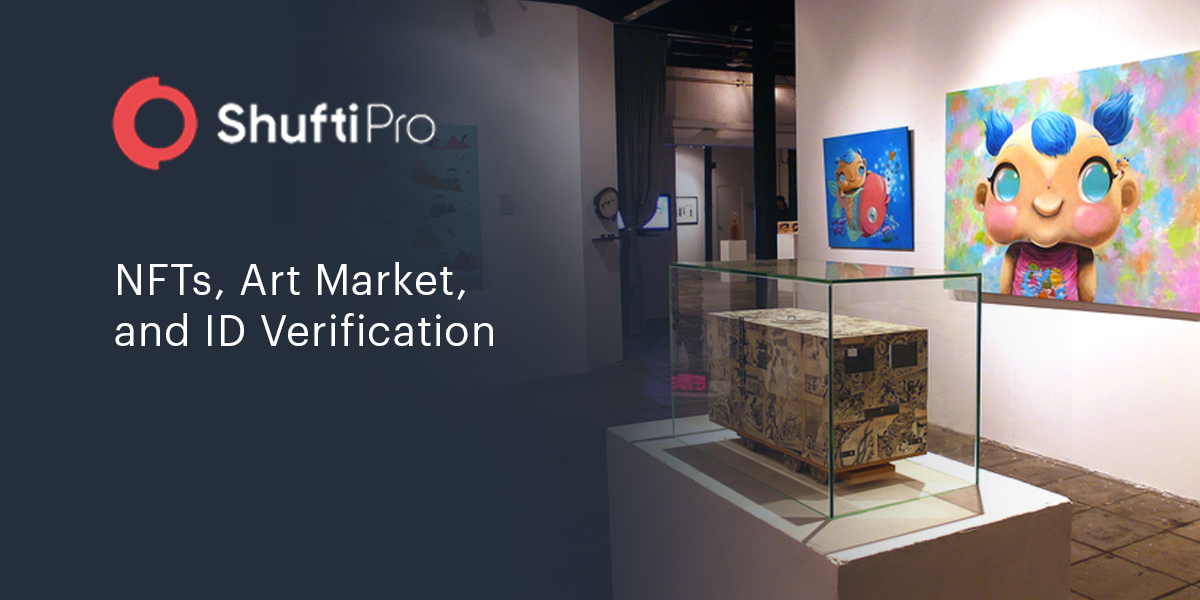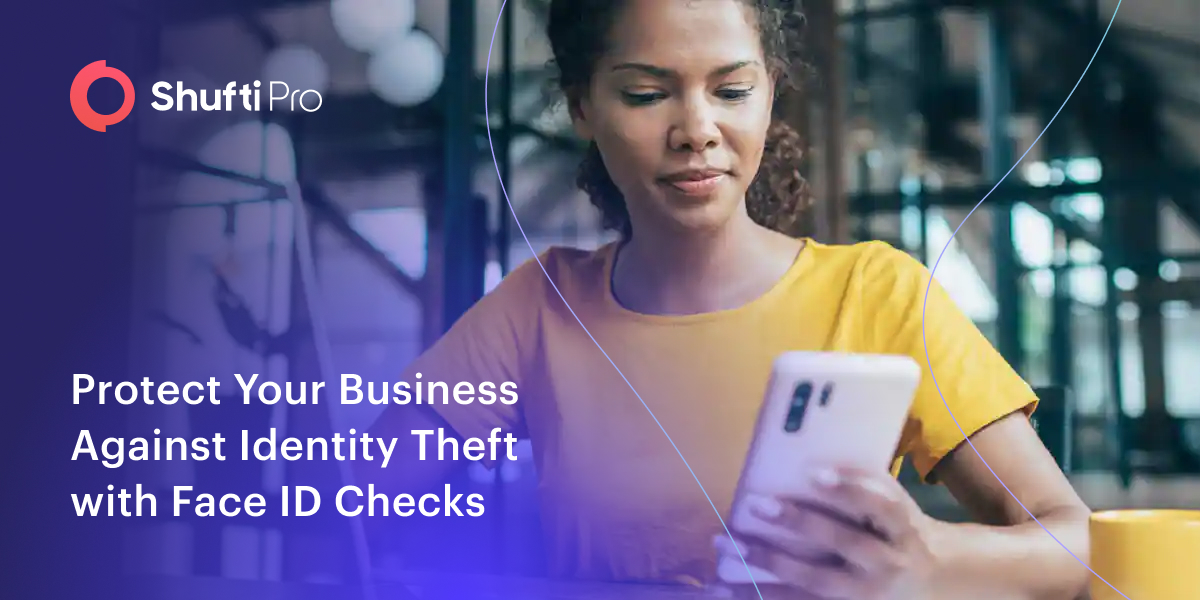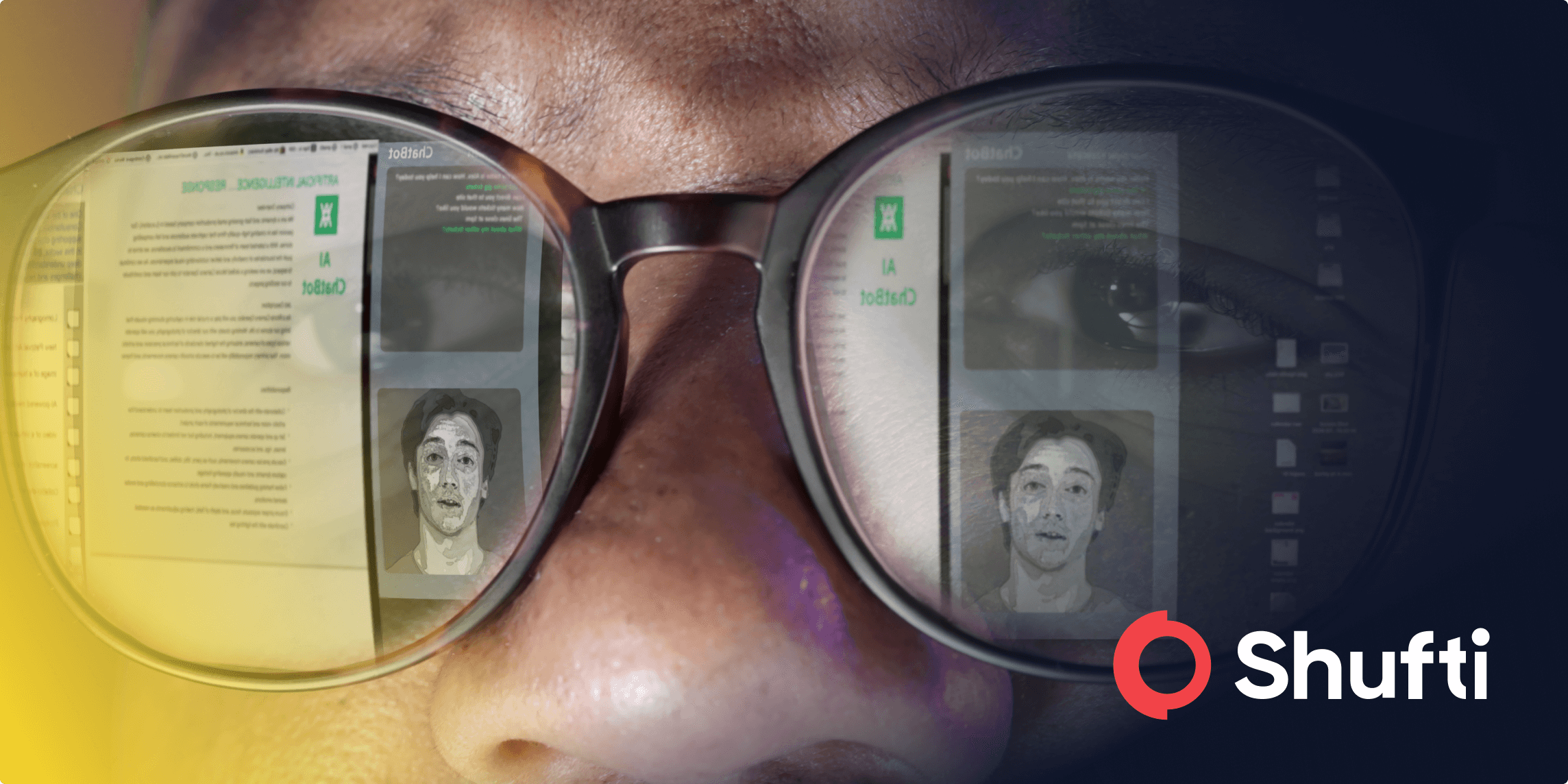NFTs, Art Market – What Investors Need to Know About ID Verification

In recent years, Non-Fungible Tokens (NFTs) have gained global attraction from individuals as well as regulatory bodies. NFTs are distinctive virtual tokens that represent an asset, usually online artwork, a piece of music, or even value-adding features in video games. These tokens can be traded, held by the owners, and sold for digital currency or fiat currency. However, back in March 2021, the world’s expensive NFT artwork was sold for $69 million.
NFTs are particularly becoming crucial for the art industry as they can provide an unbreachable record of ownership for any artwork in a digital format. In addition to this, the concept of NFTs is also becoming viable as the world is experiencing a digital transformation, and individuals’ desire to own virtual assets is skyrocketing. The NFT owners can also trace down transactions to determine the authenticity as well as their source of origin. Thus, due to these exceptional attributes, NFTs are vital for digital art creators who are pursuing to prove the originality of work as well as acquiring a secure payment gateway.
Non-fungible Token (NFT) and the Art Industry
NFTs emerged with uniquely identifiable attributes that have become one of the reasons for the Art Industry’s growth. It permits the art creators to monetize work by selling non-fungible tokens through digital platforms without requiring intermediaries. With instant access to the online art market, artists are more likely to gain value in no time. However, the advent of smart contracts powered by blockchain technology is assisting the US art industry stakeholder. By such contacts, creators can easily receive commission through secure channels.
On another side, there are viable hopes that non-fungible tokens will pave new revenue-generating sources for the art creators. Through this, they can easily sell their work on digital platforms. For instance, artists can sell an NFT of their digital painting or sculpture to digital buyers, and the physical asset to another buyer, this way they can earn additional profits from paintings or any form of art. However, NFTs didn’t come without risk. As the market value of non-fungible tokens is exploding, and the significance of ownership rights is getting popular, some of the art creators have reported copyrights issues. In addition to this, criminal activities like money laundering and terrorist financing are also prevailing.
Prevailing Risk of NFTs in Art Industry
Whereas NFTs are making new ways for growth of the art industry, the alarms regarding money laundering and other financial crimes are also rising. Most NFTs are purchased with virtual currencies. However, due to anonymity they are manipulated leading to criminal proceedings, yet despite the fact, transactions can be tracked down, criminals have become more sophisticated and use tech-driven tools to avoid regulatory identity verification checks. Other than the risk associated with virtual currencies, money launderers can manipulate the NFTs trade and sale in a similar way as physical art.
Russian Oligarchs Sanctioned for Laundering $18 Million
Russian law enforcement bodies conducted an investigation and traced down more than $18 million used in art purchases through auction houses and private brokers that were linked to anonymous shell companies. These companies were associated with Arkady and Boris Rotenberg. The Rotenberg was sanctioned back in March 2014 by US President Barack Obama in response to Russia’s annexation of Crimea. In addition to this, the investigation also found out that alleged shell businesses were indulged in over $91 million of transactions into the local banks even after sanctions were imposed. “If wealthy Russian oligarchs can purchase millions in the art for personal investment or enjoyment while under sanction, it follows that their businesses or hidden resources could also continue accessing the US financial system,” the Senate investigation said.
£244,000 lost in Banksy Website Hack
Non-fungible tokens can easily be replicated. Due to this reason, criminals may attempt to create fake paintings or any form of art to sell it. Back in March 2021, a hacker intensely developed a replica of digital art and put it for sale on online platforms claiming it was a limited edition of Banksy print. To make it seem original, the criminal hacked into the official site of Banksy and posted a link to the NFT. However, the fake token was sold for EUR 244,000. Cybercriminals can easily hack into victims’ accounts on NFT platforms and can transfer their tokens to their own accounts. Afterward, criminals sell them or launder them to overseas fraudster groups.
Regulatory Concern Regarding NFT and Art Market
Cryptocurrencies are regulated to reduce financial crimes including money laundering and terrorist financing. As NFTs are like virtual assets, the same regulatory framework implies them for auctioning, selling, or buying purposes. AML screening, Know Your Customer (KYC), ongoing monitoring, and much other regulatory compliance are legislated for the art industry as well, which are aimed to ensure the prevention of financial crimes. Yet verification checks and amount thresholds vary region-wise. Following are some of the regulations that art industry needs to comply with:
Financial Crimes Enforcement Network (FinCEN)
According to the FinCEN, all artwork businesses accepting NFTs or any kind of virtual currencies need to comply with financial transition monitoring and reporting standards. In 2021, FinCEN legislated laws and policies to clarify record maintain and suspicious transaction reporting rules for all financial institutions dealing with digital assets. However, the threshold of the transaction was reduced from $3,000 to $250 that initiate or end outside the US. Additionally, on March 9, 2021, another notice was issued, encouraging banks and financial firms to report suspicious activities linked to artwork.
Sixth Anti-Money Laundering Directive (6AMLD)
The European Union has come up with Sixth Anti-Money Laundering Directives (6AMLD) for the art industry. Under this regulation, the individuals, business entities, and third-party vendors associated with artwork need to comply with 6AMLD. According to EU requirements, transactions equal to EUR 10,000 or more needs to be comprehensively verified. This regulation mandates artwork businesses to incorporate AML screening, Customer Due Diligence, and Enhanced Due Diligence to prevent financial crimes.
Responsible Art Market (RAM)
The responsible art market (RAM) was constituted in Geneva back in 2015. It aimed to prevent money laundering and terrorist financing through artwork businesses. This organization is responsible for regulating the whole art industry, including auction houses, galleries, and numerous other entities linked to this industry. According to this, art creators need to Know Your Customer compliance, in order to identify and verify the true identities of clients before getting them on board. Additionally, they must have transaction monitoring systems to manage risk profiles. Record keeping is also crucial.
How Shufti Can Help
Shufti’s robust identity verification solution is ideal for NFTs and the art market. In less than a second, the art workers can assure that legit customers are getting services. The real identities of clients is screened against 1700+ global financial watchlist. Apart from AML background screening, according to FATF’s guidelines and suggestions businesses need to comply with KYC compliance. To ensure that, Shufti’s state-of-the-art ID verification solution is an optimum option.
Key features:
- Verifies identities in less than a second
- Screens clients against 1700+ watchlists
- Generate results with 98.67% accuracy
- Documents are comprehensively verified
- Facial biometric technology allows detecting customers’ physical existence at time of registration
Want to know more about ID verification for the art Industry?











